
Image via Hendrickson
There is nothing more fascinating in the aviation world than the “black projects” – aircraft programs that are so secret that even those with the highest security clearance have no idea they exist. But occasionally the veil of secrecy is accidentally lifted, offering a fleeting glimpse into this shadowy world. Here we take to the air with six of the world’s most classified aircraft (assuming they exist, that is!).
TR-3A Black Manta
Little is known of the TR-3A Black Manta, which is rumoured to have been active during the 1980s/1990s. It’s an alleged stealth aircraft that exists in the shadow world of rumour and probable misinformation; its reported status – black project; its existence – vehemently denied. The TR-3A is claimed to be a subsonic stealth spyplane manufactured by Northrop Grumman (famed for their “flying wing” designs). Some say it was used in the Gulf War to provide laser designation for F-117 stealth fighters dropping laser-guided bombs. Another hypothesis holds that the vehicle identified as the “TR-3″ was merely a prototype for the B-2 Spirit stealth bomber.
Another theory comes via two designs from Teledyne Ryan, a firm specialising in unmanned reconaissance aircraft, patented in 1977 – one for an unmanned, one for a manned aircraft. Whether the TR-3A is linked to these designs is not known, but intriguingly “TR” also stands for Teledyne Ryan – probably meaningless since “TR” traditionally stands for tactical reconaissance. The fact that Teledyne Ryan was purchased by Northrop Grumman in 1999 adds fuel to the fire of conspiracy theory. But could it also mean the facts are staring us right in the face? Teledyne Ryan’s designs strongly resemble the UFOs photographed in Belgium in 1989/1990, which were chased by the Belgian Air Force and seen by hundreds of people. View the original patent here.
TR-3B Astra
Image via Cosmic Conspiracies here and their new site, coming soon, here.
The ether is buzzing with information about the alleged TR-3B, from scientific write-ups about its fantastical capabilities to seemingly real photo and video footage. In the dark world of flying triangles, the TR-3B would seem to be king. Yet despite hundreds of sightings at least confirming the existence of a large triangular aircraft that can fly slow with little noise, this black project – thought to be codenamed “Astra” – could be one of the most classified of all time. It’s tough to know what to make of the heresay since, to the uninitiated, reports of the TR-3B’s capabilities fall in that hazy hinterland between science fiction and – perhaps – reality.
Here’s what is reported: The TR-3B is a nuclear powered tactical reconnaissance aircraft built with technology available by the mid 1980s. It’s said to have been developed under the Aurora Program, again muddying the waters since Aurora is thought to be the codename for another top secret spy plane (bottom). While some maintain the TR-3B was made possible by reverse engineering alien technology, many think its functions are the product of human beings – albeit very clever ones! At least three of the billion dollar plus TR-3Bs were thought to be flying by 1994.
Its outer coating is thought to be reactive to electrical stimulation, changing colour and reflectiveness to make the TR-3B look like a small craft or several aircraft at various locations. This theory at least sounds plausible and would explain why myriad radar operators have witnessed planes on their screens vanish while others appear out of nowhere, then race off at speeds and forces of gravity that would crush any human pilot. It would be much easier for an advanced aircraft to trick the radar than perform structurally impossible maneuvers.
Here’s where things get really interesting: The TR-3B is allegedly powered by a circular, plasma filled accelerator ring called a “magnetic field disrupter” (MFD) that surrounds a rotatable crew compartment. This MFD supposedly generates a magnetic vortex field that disrupts the effects of gravity and reduces the mass of everything within the accelerator by 89% – making the craft extremely light and maneuverable. But for the more skeptical among us, a less exotic theory suggests the TR-3B Astra is nothing more than a highly advanced “air balloon”, explaining the slow speeds and lack of noise…
The A-12 Avenger II was envisioned by McDonnell Douglas and General Dynamics as an all-weather, carrier-based stealth bomber for the U.S. Navy and Marines. Again shrowded in secrecy, the A-12 apparently gained the nickname “Flying Dorito”. Concept drawings and mock-ups show a flying wing design in the shape of an isosceles triangle, with the cockpit near the apex.
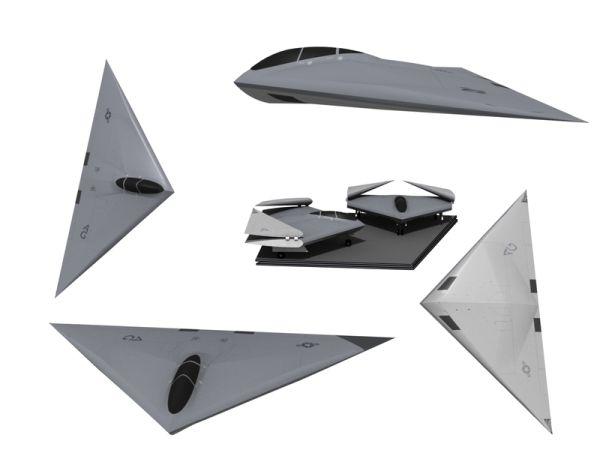
Image by Anynobody
Development of the A-12 was hampered by problems. The project was cancelled in January 1991 by then-Secretary of Defense Dick Cheney when the estimated price of each plane hit $165 million. The cancellation was said to be a breach of contract, resulting in years of legal wrangling. But in 2009, a court ruled that the government was justified in terminating the contract and the contractors would have to pay more than a $2 billion in charges.
After the cancellation of the A-12 Avenger II the Navy bought the F/A-18E/F Super Hornet. But what of the A-12 mock-ups? And what becomes of all the wasted technology? Surely it doesn’t get confined to the dustbin of history? Could it be flying around today, accounting for at least some reports of “flying triangles”?
X-44 Manta

Image via strange-mecha.com
The X-44 Manta was a conceptual aircraft designed by Lockheed Martin, based on the original F-22 Raptor (below). The X-44 was essentially a tailless Raptor with large delta wing and advanced thrust vectoring nozzles replacing normal aerodynamic control surfaces. Benefits would be a more stealthy, light airframe, with increased fuel volume and maneuverability. The rumoured plan was to convert an early F-22 prototype. But the story goes that funding was cut in 2000 and the program terminated. The X-44 also looks similar to the proposed FB-22, which was reportedly cancelled in 2006.
(Image licensed under Creative Commons Attribution-Share Alike 2.0 Generic)
It’s hard to know what to make of the rumour surrounding the black projects. Could many of these exotic aircraft be one and the same? How much misinformation is out there? The X-44 is/was a flying wing design with a name similar to the TR-3A Black Manta (above), although in the X-44′s case, MANTA apparently meant Multi-Axis No-Tail Aircraft. Could this be an effort to cover the tracks of another black project (despite operational dates not correlating)? And despite the assertion that no flying X-44s were developed, could the project still be out there? In 2005, GlobalSecurity.org reported that the X-44 designation may be reserved for a possible NASA full-scale manned tailless flight control demonstrator. The mystery continues…
HALO (High Altitude Low Observability) / BAE Replica
(Image courtesy of AboveTopSecret.com, licensed under Creative Commons Attribution-NonCommercial-NoDerivs 2.5. Published with permission)
Like other black projects, Britain’s attempt at creating a stealth fighter remains virtually under wraps, despite probably being cancelled in the 1990s. The Replica program was a BAE Systems design study for such an aircraft, tied in with the Royal Air Force’s now defunct Future Offensive Air System. The program is believed to have run from 1994 to 1999, with a full size mock-up subjected to rigorous testing to determine its radar cross section. The semi-official line would seem to be that knowledge gained was poured into the Joint Strike Fighter program, which replaced Replica.
(Image courtesy of AboveTopSecret.com, licensed under Creative Commons Attribution-NonCommercial-NoDerivs 2.5. Published with permission)
The Future Offensive Air System was intended to provide a replacement for the RAF’s Tornado GR4s and intended to be operational by 2017. The program was officially cancelled in June 2005, after the UK joined the U.S. Joint-Unmanned Combat Air System program. In December 2005 the UK published its intent to increase funding for testing unmanned combat air vehicles (UCAV), but in June 2006 the U.S. announced the J-UCAS program would be terminated.
While the Joint Strike Fighter (above) program is going ahead, there’s been some controversy about access to the aircraft’s source code to allow British planes to be serviced and upgraded in the UK. At the time, Britain alluded to potentially pursuing an alternative to the Joint Strike Fighter, commonly thought to refer to a naval version of the Eurofighter Typhoon. Or could they be referring to something else? Britain is thought to have contributed to, or cooperated with, several U.S. stealth projects going back many years. Perhaps British stealth technology is more advanced than anticipated…
Aurora – Hypersonic Spy Plane
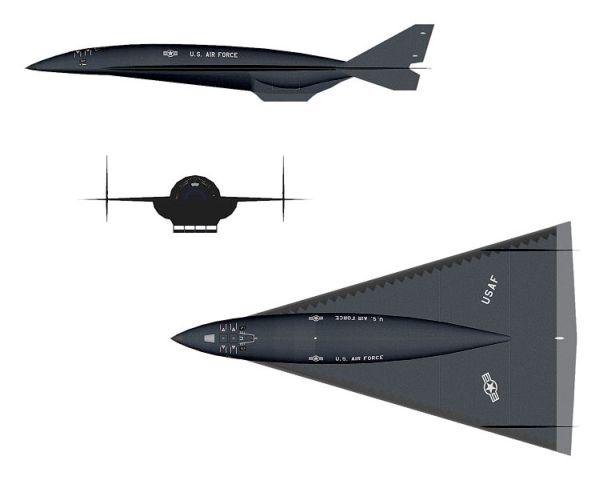
Image via Hendrickson and Foxbat
The rumoured Aurora spy plane is certainly the world’s most famous and hyped black project. A reliable photograph of the aircraft would be one of the most coveted finds in the history of classified aviation. While Aurora has never been officially acknowledged, it is generally believed to be a hypersonic spy plane designed to replace the ageing SR-71 Blackbird (below), accounting for a series of unexplained sonic booms during the 1980s and 1990s. But the name “Aurora” could be a red herring.
In March 1990 Aviation Week & Space Technology revealed the term “Aurora” was accidentally released in the 1985 U.S. budget. Next to the entry, $455 million was allocated for “Black aircraft production” – suggesting the project had moved beyond R&D. Meanwhile Aviation Week claimed that “Aurora” referred to a group of exotic aircraft projects, rather than a particular plane (see TR-3B Astra, above), and that by 1987 funding had allegedly reached $2.3 billion. Ben Rich, former director of the Lockheed Skunk Works, on the other hand, said Aurora was the name given to the B-2 Stealth Bomber competition funding and no such hypersonic plane ever existed.
Nevertheless, there is a significant body of evidence to the contrary. Aurora’s prime contractor is presumed to be the Lockheed Skunk Works. Lockheed’s only known black projects were the U-2R and F-117A upgrade programs, with nothing new declared between 1987 and 1993. However, financial returns from black projects during that time reportedly show $65 million (1987) and $475 million (1993). Analysts suspect Aurora first flew around 1989 and was probably around 20% into development by 1992.
Sightings declined after 1992 leading some analysts to reason that, if Aurora had existed, the project had probably been cancelled by then. Some suggest that at least one Aurora aircraft was built but failed to live up to expectations due to cost. Lockheed and the U.S. government have continued to deny the existence of Aurora. But it should be remembered that the F-117 Nighthawk (above) had been flying for seven years before its existence was publically acknowledged.
Image via Google Earth
Images via Google Earth











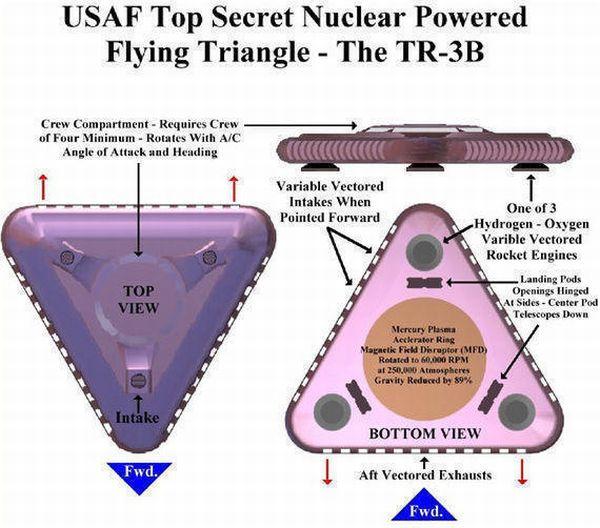

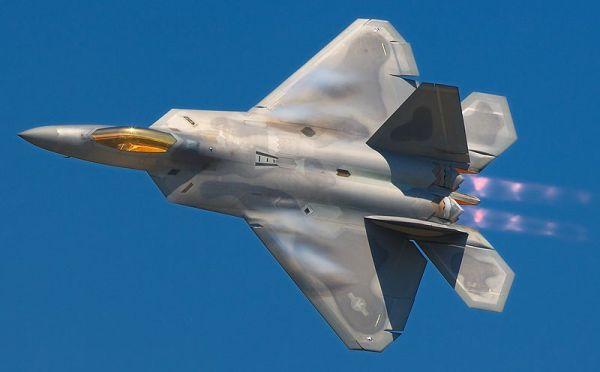
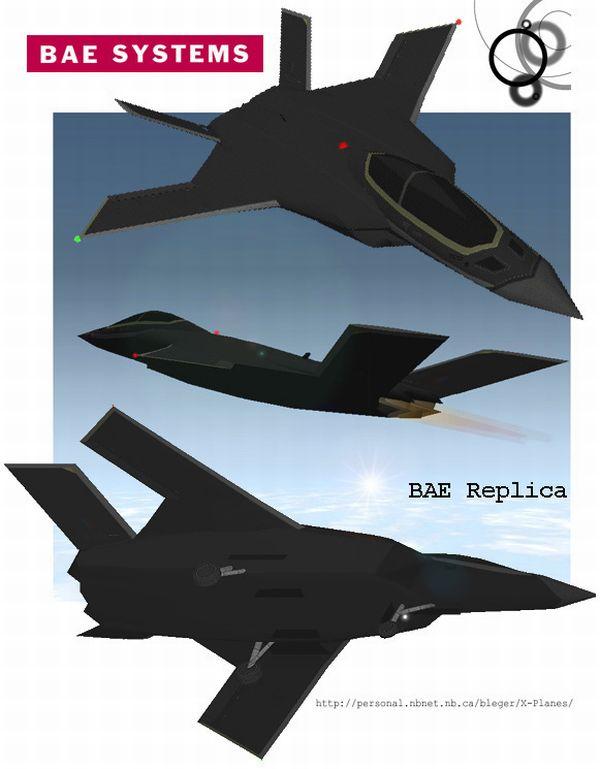
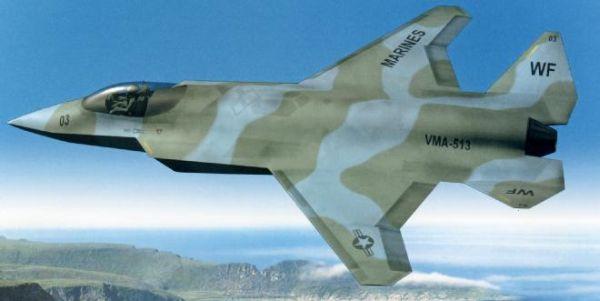
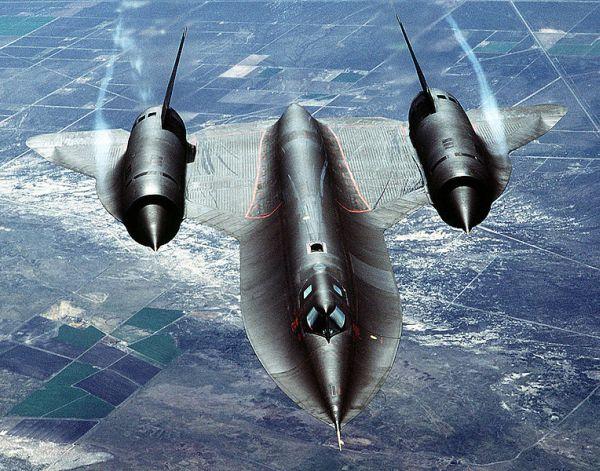
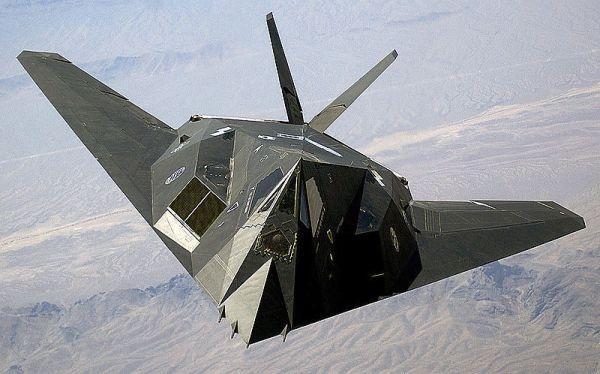




.jpg)
No comments:
Post a Comment